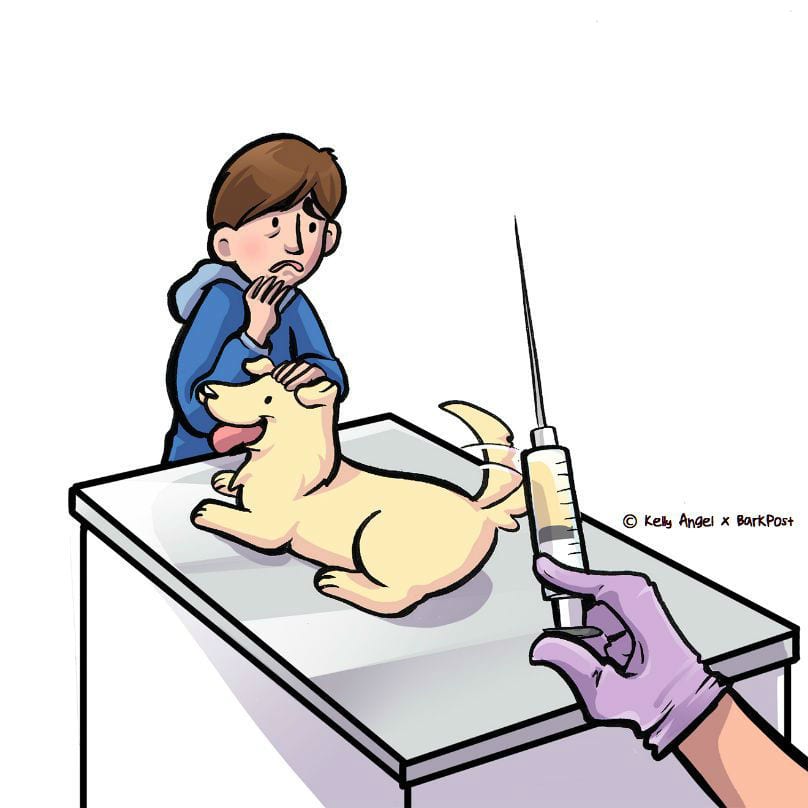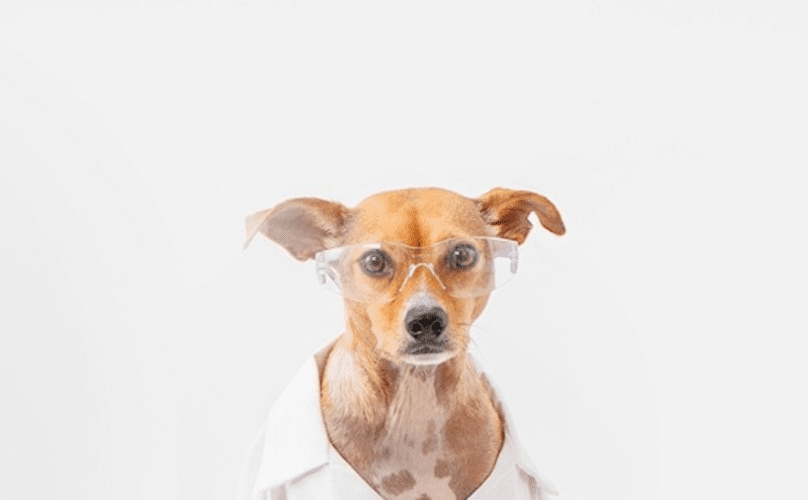When I was 10, my parents finally caved in to my incessant whining, and allowed me to get a puppy. Spike was the first, and only dog I ever brought home as a pup. From the start I obsessed about Spike’s age. If he matured 7 years to every 1 year of my own, how long would we have together? When I went off to college, he’d already be considered a senior – what if something happened while I was away?


Now, 25 years later, the old 7 dog years for each human year myth has been thoroughly debunked. Scientists have learned that determining a dog’s age in relation to our own is a heck of a lot more complicated. (Spike lived to the ripe old age of 14 by the way, which would have made him 98 using the 7 to 1 calculation.)
There are several factors that must be taken into account in order to even guess-timate a dog’s “actual” age. Size, breed, and the fact that dogs aren’t humans, all play a role in determining how canines truly age.
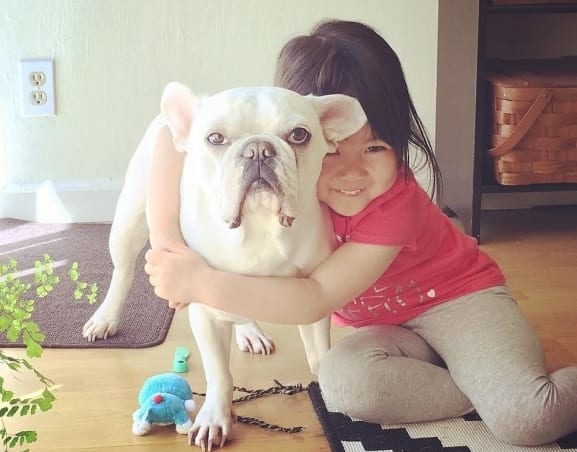

Based on the 7 to 1 method, a 1-year-old dog should be equivalent to a 7-year-old child. Anyone who has spent time around dogs, kids, or both can tell you that comparison is way off. First of all, a 1-year-old dog has already done the majority of skeletal growth for its lifetime, while a 7-year-old kid still has a ton of development to go. Secondly, a 1-year-old dog has reached full sexual maturity, while (Thank Dog!) that phase of life is still far in the future for a 7-year-old child.


Based on these two important factors, and a dog’s relatively mature mental acuity at age 1, their “human age” is more like 15 or 16, maybe a bit younger for small breed dogs. Dr. Stanley Coren has authored several books about dogs including the bestseller, How Dogs Think: Understanding the Canine Mind. He believes that all 1-year-old dogs, regardless of breed, are equivalent to mid-teenagers, and all 2-year-old pups are akin to 24-year-old humans. For the next 3 years, he suggests adding 5 “dog years” per “human year”.
[bp_related_article]
Beyond age 5, Coren believes that a dog’s size really begins to become a factor in the aging process. Small breeds mature at a rate of about 4 years to 1 from this point on. Large dogs, 6 to 1, and giant breeds 7 or 8 to 1. That means at age 8 a Teacup Yorkie is about 51-years-old, a Labrador is about 57, and a St. Bernard is more like 60 or 63.
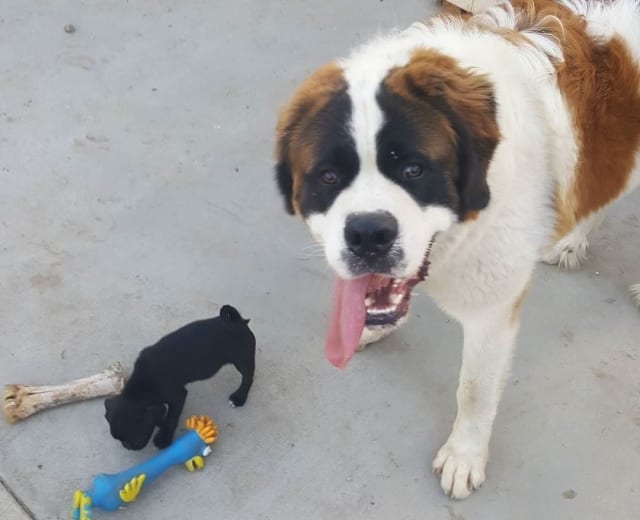

Dogguide.net‘s calculation method is a bit different. They take breed and size into account right off the bat, considering a 1-year-old dog to be anywhere from 10 – 15 equivalent human years old. Their reasoning for this is that many small dogs are fully grown by this point, while large and giant breed dogs may grow and fill out muscularly until 20 to 30 months of age. Therefore at age 1, small breeds are “older” than their larger canine cousins. Later their aging process slows, while that of the larger breeds speeds up.
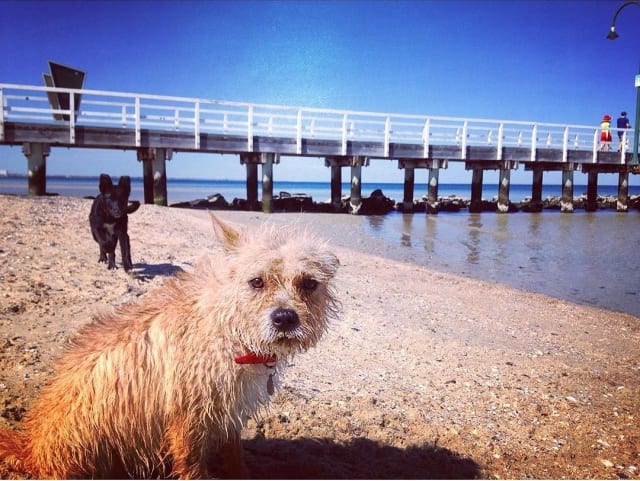

On their second birthday, Dog Guide recommends adding 3 to 8 more years – again depending on size and breed; then 4 to 5 years for every additional year thereafter. Here is where the younger pups gain the advantage, as they would be on the low end of years from here on out. By their calculations, our 8-year-old Teacup Yorkie would be 42, our Lab would be about 44, and our St. Bernard would be 48.
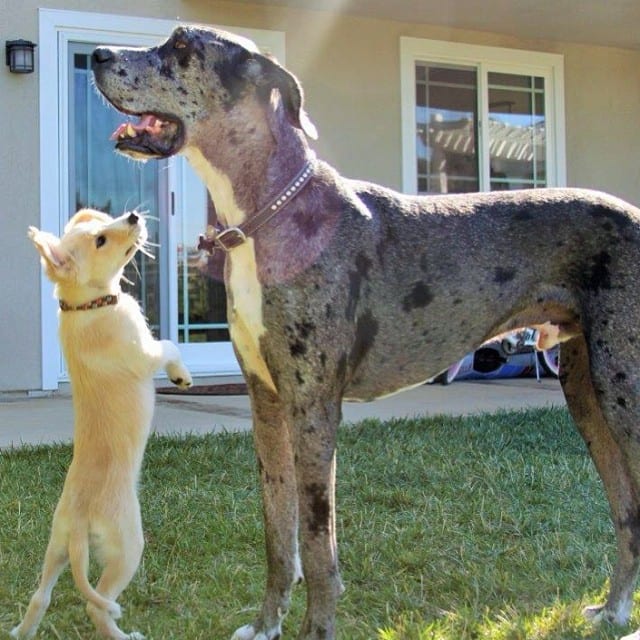

While these methods certainly give us a more accurate picture of how our dogs age compared to ourselves, they are by no means an exact science. Hereditary health factors and lifestyle choices like diet, exercise and access to veterinary care definitely impact the numbers.
It can be fun to try to figure out our dog’s “true age”, but our real focus is better spent on ensuring their health in the here and now. Healthy choices from day one add up to more years with our furry best friends, and that’s all any of us really want, right?
H/T to Mental Floss
Featured Image via TheRedQueen4/Instagram



